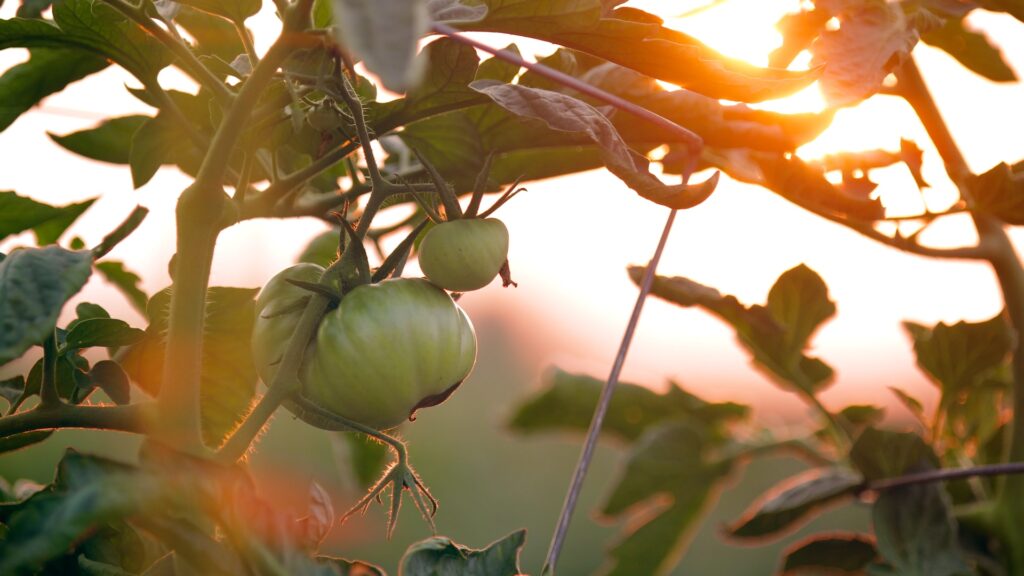Rose gardens are a beautiful addition to any backyard, exuding an air of elegance and romance. Whether you’re a seasoned gardener or a beginner, planting and caring for your rose garden can be a rewarding and enjoyable experience. In this comprehensive guide, we will provide you with useful tips, techniques, and best practices to help you create and maintain a stunning rose garden that blooms gloriously all season long.
1. Choosing the Right Roses:
Before you start planting, it’s crucial to select the right roses for your garden. Consider factors like the climate in your area, sunlight requirements, and the desired color and fragrance of the roses. Popular varieties like hybrid teas, floribundas, and climbers offer a wide range of options for various garden styles and preferences.
2. Site Selection and Preparation:
Selecting the right location for your rose garden is vital. Roses require at least 6 hours of direct sunlight each day, so choose a spot that receives adequate sunlight. Additionally, ensure the soil is well-drained, as roses don’t thrive in waterlogged areas. Preparing the soil by loosening it and incorporating organic matter like compost or well-rotted manure will provide a nutritious foundation for your roses.
3. Planting Techniques:
To ensure healthy growth, proper planting techniques are crucial. Dig a hole slightly larger than the rose’s rootball, making sure to loosen the soil at the base. Place the rose in the hole, ensuring the bud union – the swollen area where the rose was grafted – is level with or just above the soil surface. Backfill the hole with soil, gently firming it around the roots. Water thoroughly to settle the soil.
4. Watering and Feeding:
Roses require regular watering, particularly during hot and dry periods. Deep watering once or twice a week, allowing the water to reach the root zone, is preferable to frequent shallow watering. Mulching around the base of the roses helps retain soil moisture and suppress weeds. Additionally, feeding your roses with a balanced fertilizer or organic rose food promotes vigorous growth and abundant blooms.
5. Pruning and Deadheading:
Pruning is a crucial aspect of rose garden maintenance. Regular pruning helps shape the plants, improve air circulation, and remove dead or diseased wood. Additionally, removing spent flowers through deadheading encourages continuous blooming and prevents the formation of rose hips. Prune roses in early spring before new growth emerges and after the final flush of blooms in late fall.
6. Pests and Diseases:
Like any other plants, roses can be susceptible to pests and diseases. Common pests like aphids, spider mites, and black spot can affect rose bushes. Regular inspections, early detection, and appropriate treatments like insecticidal soaps, horticultural oils, and fungicides can help control these problems effectively.
By following these tips, techniques, and best practices for planting and caring for your rose garden, you can enjoy a breathtaking display of vibrant blooms and lush foliage. Remember to monitor your roses regularly, provide them with proper maintenance, and enjoy the beauty and fragrance they bring to your outdoor space. Happy rose gardening!
Tags: gardening tips, rose care, flower gardening, gardening techniques, planting roses, caring for roses, rose garden maintenance, rose gardening tips, rose care techniques
Category: Gardening

